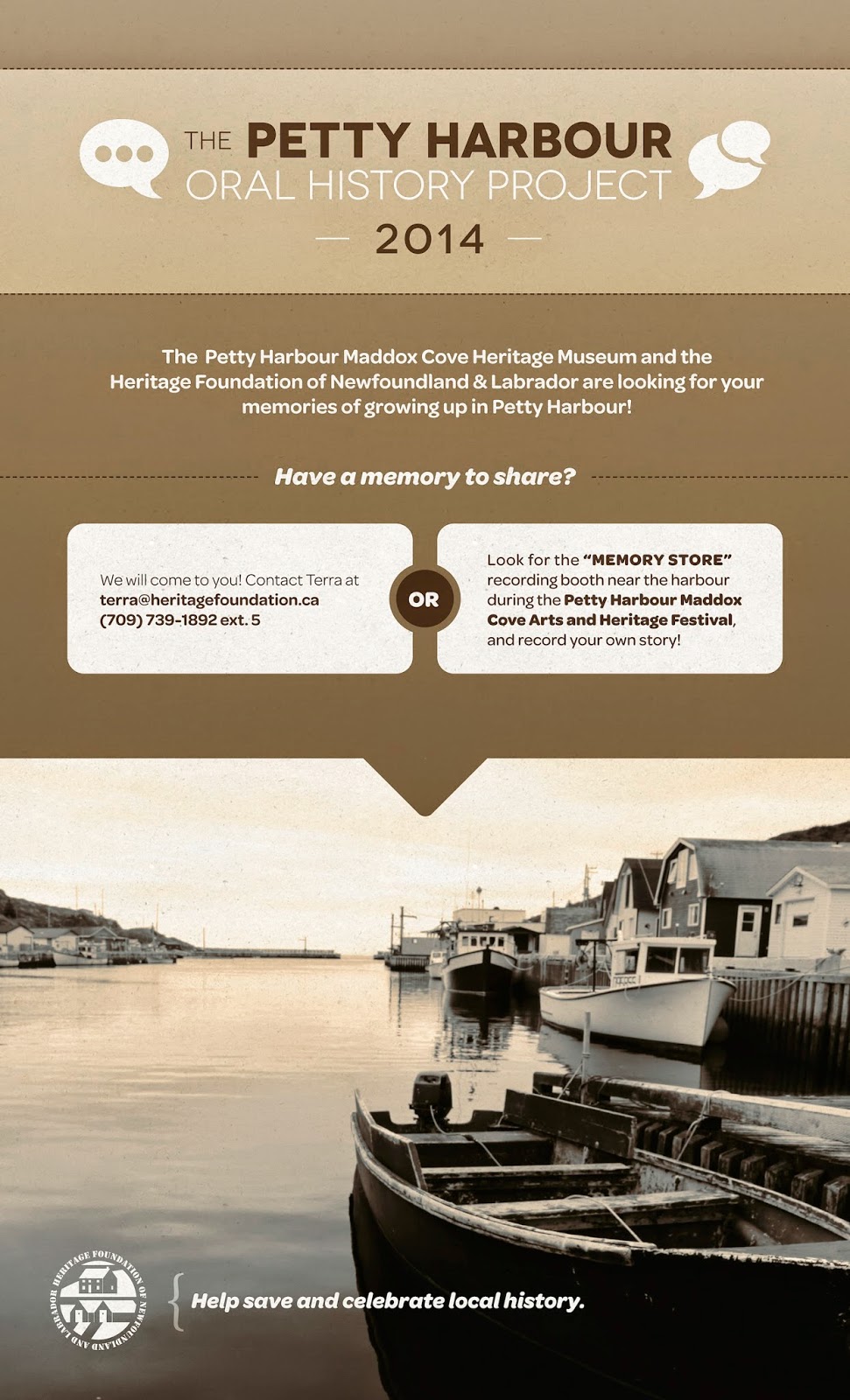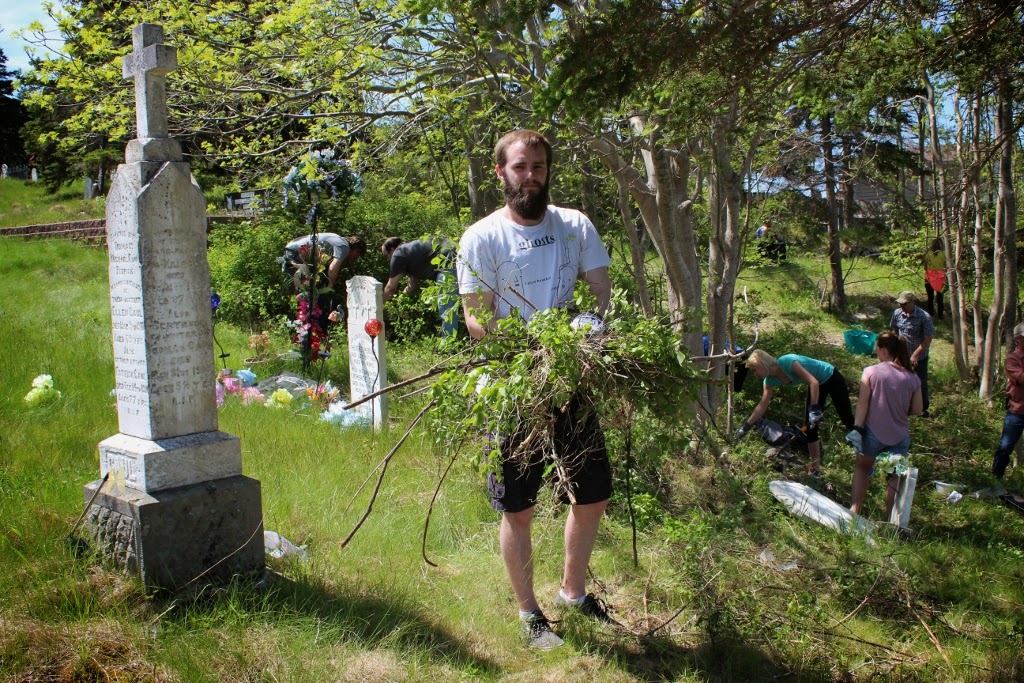I posted a little while ago about a mystery headstone motif from Cupids, which generated some suggestions, and an article in The Telegram. Following that, I got this image (above) and note from Grant Tucker, about a headstone in the Anglican cemetery beside the church at Winterton. Grant writes:
"It has a six line epitaph which is only partially decipherable; perhaps you or one of your contacts can help us. Here is what we have deciphered:
At last from worldly strife ------------------- (hand?) - Iambic Hexameter
And (valiant?) (souls?) -------------------------------- - Iambic (Pentameter?)
(Where?) mercies never fade - Iambic Trimeter
But if protracted guilt --------------------- the span - Iambic Hexameter
Better to die a child than live in vain - Iambic Pentameter
And sink into the shade - Iambic Trimeter
Jasper, my fifth great-grandfather, or perhaps the generation before him, are thought to have been among the first of Winterton's permanent settlers who came from Trinity."Any thoughts? Does the epitaph ring any bells with poetry fans out there?
Drop me a line at ich@heritagefoundation.ca or post a comment!




.jpg)
.jpg)
.jpg)
.jpg)
.jpg)

.jpg)



